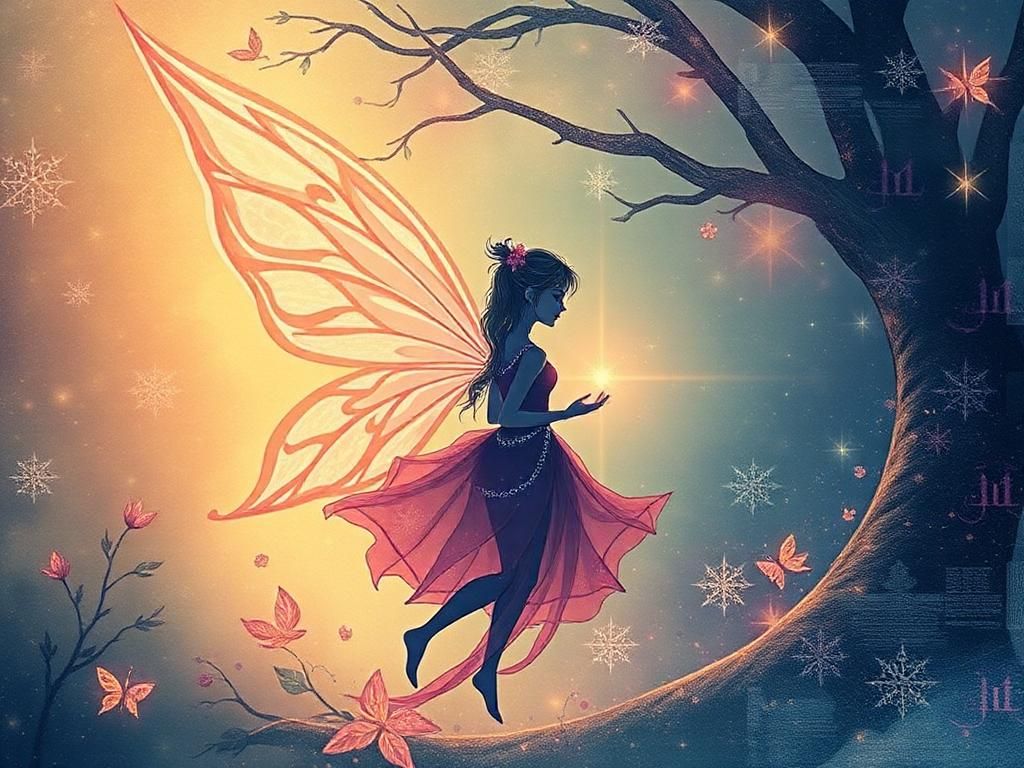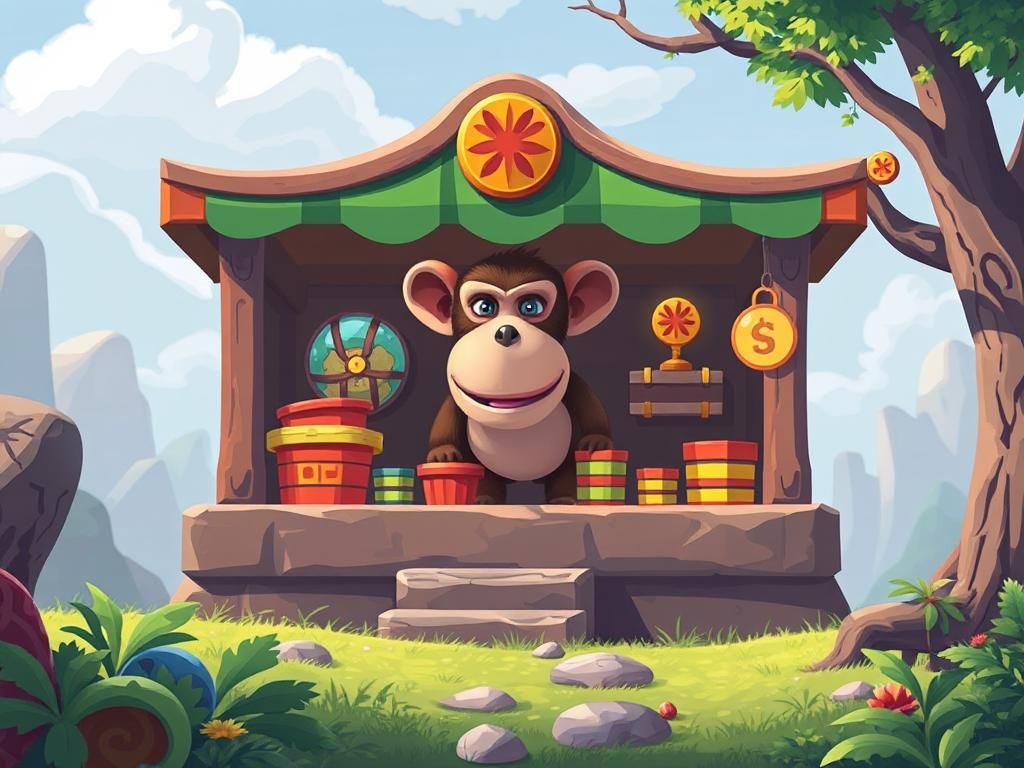Fae love has captivated imaginations throughout history, resonating deeply within folklore and across various cultures. Defined as the romantic and platonic relationships among the fae or fairy beings, this enchanting concept is woven into the very fabric of myth and legend. From the ethereal Celtic faeries to the trickster spirits of Norse mythology, the fae have long been associated with deep emotions and intricate bonds. Love, in fae culture, is a powerful force, marked by enchantment, magic, and a unique fluidity that sets it apart from human relationships.
Characteristics of Fae Love
Unique Traits of Fae Relationships
At the heart of fae love lies a tapestry of enchanting traits that define fae relationships. These elements include:
– **Enchantment and Magic in Love**: Love among the fae is often intertwined with magic, symbolizing an otherworldly bond. This enchantment can lead to passionate connections, often fraught with the complexities of fae nature, such as occasional bouts of mischief or jealousy.
– **Fluidity of Relationships**: Unlike conventional human relationships, fae love is characterized by its fluidity. Fae can shift partners more easily, entering and exiting relationships with a sense of ease that mirrors the changing seasons. This flexibility allows them to explore various connections without the burden of societal expectations.
– **Emotional Depth and Complexity**: Fae relationships are not devoid of emotions; rather, they are laden with profound feelings. The fae experience love in a deeply emotional context, engaging in complex dynamics that capture both the lightness of joy and the heaviness of longing.
Cultural Interpretations of Fae Love
The portrayal of fae love varies significantly across cultures and eras:
– **Variations Across Different Mythologies**: In Celtic mythology, fae are often seen as protectors of nature, and their love reflects harmony with the earth. In contrast, Norse mythology presents trickster spirits who engage in love with a playful twist, often leading humans astray.
– **Modern Interpretations in Literature and Media**: Contemporary narratives like “A Court of Thorns and Roses” have revived the allure of fae love, blending traditional elements with modern themes of empowerment and independence.
– **Symbolism of Love in Fae Culture**: In fae lore, love is often represented through nature motifs, such as flowers symbolizing beauty and fragility, or the moon representing deep emotions and hidden desires.
The Dynamics of Fae Relationships
Types of Fae Love
Fae love manifests in various forms, each possessing its unique characteristics:
– **Romantic vs. Platonic Relationships**: While romantic love is filled with enchantment, platonic relationships among fae can be equally deep, often built on mutual respect and shared experiences.
– **Love Rituals and Ceremonies**: In fae culture, rituals play a crucial role in expressing love. These might include enchanting dances under the moonlight or offerings to nature that symbolize commitment and affection.
– **Chosen Mates vs. Arranged Pairings**: Fae relationships often blur the lines between chosen mates and arranged pairings. While some fae choose their partners based on attraction and connection, others might find themselves in partnerships that are magically ordained or influenced by natural elements.
Challenges in Fae Love
Despite its enchanting nature, fae love is not without challenges:
– **The Ephemeral Nature of Love**: Fae relationships are known for their transient qualities, making permanence elusive. This ephemerality can lead to heartache and a longing for connection.
– **Miscommunication Across Different Realms**: Fae often dwell in realms separate from humans, leading to misunderstandings or misinterpretations in their interactions with humans. This can complicate relationships significantly.
– **Human Interference and Its Effects**: The intrusion of humans into fae domains can disrupt the delicate balance of their relationships, often leading to chaos and turmoil. This is evident in many folklore tales where human actions lead to disastrous consequences for both fae and mortals.
Fae Love in Literature and Media
Notable Works Featuring Fae Love
The concept of fae love has received extensive coverage in literature and media:
– **Classic Folklore and Ancient Texts**: Stories like “A Midsummer Night’s Dream” by Shakespeare encapsulate the joys and trials of fae love. Through the lens of playful mischief, the narrative explores how love often transcends boundaries.
– **Contemporary Novels and Series**: Modern works, such as Sarah J. Maas’s “A Court of Thorns and Roses,” bring forth a new generation of fae love narratives that challenge traditional norms, introducing characters that embody empowerment and resilience.
– **Representation in Films and TV Shows**: Movies and series, including adaptations of fae literature, have popularized the concept, introducing captivating portrayals that keep audiences enchanted.
The Evolution of Fae Love Narratives
The narratives surrounding fae love have evolved remarkably over the years:
– **Historical Perspectives vs. Modern Adaptations**: Historical interpretations emphasized the ethereal and mystical aspects of fae love, while contemporary adaptations often delve into themes relevant to modern audiences, such as agency and equality in relationships.
– **Impact of Pop Culture on the Perception of Fae Love**: Popular media has shifted the lens through which we view fae love, often romanticizing the fae and providing them with human-like traits, making their experiences relatable and captivating.
– **Themes of Empowerment and Independence**: Modern narratives often emphasize self-discovery and empowerment within the realm of fae love, allowing characters to forge their paths rather than conforming to traditional expectations.
| Aspect | Traditional Interpretation | Modern Interpretation |
|---|---|---|
| Nature of Love | Ephemeral, magical | Complex, empowering |
| Relationship Dynamics | Fluid, often arbitrary | Intentional, meaningful |
| Impact of Humans | Disruptive, chaotic | Facilitative, growth-oriented |
Real-World Parallels to Fae Love
Nature and Environment as a Love Language
In many ways, fae love reflects our real-world connections to nature:
– **Connection to the Earth and Nature**: Faeries are often portrayed as guardians of nature. Their love can symbolize a profound bond with the earth and its elements, emphasizing the importance of nurturing our environment in our relationships.
– **Importance of the Environment in Conveying Love**: Just as fae love blooms through nature, human relationships can flourish through shared experiences in the natural world, highlighting the beauty around us.
Lessons from Fae Love
The enchanted world of fae love offers rich lessons for our own relationships:
– **Embracing Impermanence in Relationships**: Understanding that love can be fleeting encourages us to cherish moments and connections as they come, appreciating the beauty in transience.
– **The Power of Genuine Connection and Shared Experiences**: Fae relationships highlight the importance of connection that transcends superficiality, reminding us that authentic relationships require emotional investment and understanding.
– **Learning from the Complexities of Love and Affection**: The intricacies embedded in fae love teach us about embracing challenges and navigating the complexities of feelings, promoting growth in our emotional intelligence.
FAQs about Fae Love
1. What is the essence of fae love?
Fae love embodies enchantment, complexity, and deep emotional connections, often seen as fluid and transient.
2. How does fae love differ from human love?
Fae love is characterized by its magical elements, fluid dynamics, and an ephemeral quality that contrasts with the more permanent nature of human relationships.
3. What role does nature play in fae love?
Nature acts as a vital backdrop for fae love, symbolizing the interconnectedness of beings and the significance of environmental relationships.
4. Can you provide examples of fae love in literature?
Notable examples include Shakespeare’s “A Midsummer Night’s Dream” and modern adaptations like Sarah J. Maas’s “A Court of Thorns and Roses.”
5. Are fae love relationships permanent?
Generally, fae love is viewed as fluid and temporary, emphasizing the value of experiences rather than permanence.
6. Are there rituals associated with fae love?
Yes, fae often engage in rituals that celebrate love, such as enchanting dances and nature offerings, signifying commitment and affection.
7. What challenges do fae love relationships face?
Fae love can be challenged by miscommunication between realms, human interference, and the natural transience of their relationships.
8. How has modern media influenced fae love narratives?
Modern media often romanticizes fae love and introduces themes of empowerment, making the narratives more relatable to contemporary audiences.
9. What can we learn from fae love?
We can learn to embrace the beauty of impermanence, the power of genuine connections, and navigate the complexities of emotions thoughtfully.
10. How do different cultures view fae love?
Different cultures portray fae love through various lenses, from Celtic harmony with nature to Norse trickery, illustrating the diversity in interpretations.
References and Further Reading
For those interested in exploring the enchanting realm of fae love further, consider reading the following resources:
– “The Secret Life of Fae: Understanding the Enchantment” – [Link](https://www.example.com)
– “Mythology and Love: The Fae and their Stories” – [Link](https://www.example.com)
Through its distinct traits, celebrated complexities, and cultural diversity, fae love remains a captivating subject, inviting exploration and fostering an understanding of relationships beyond the ordinary.


